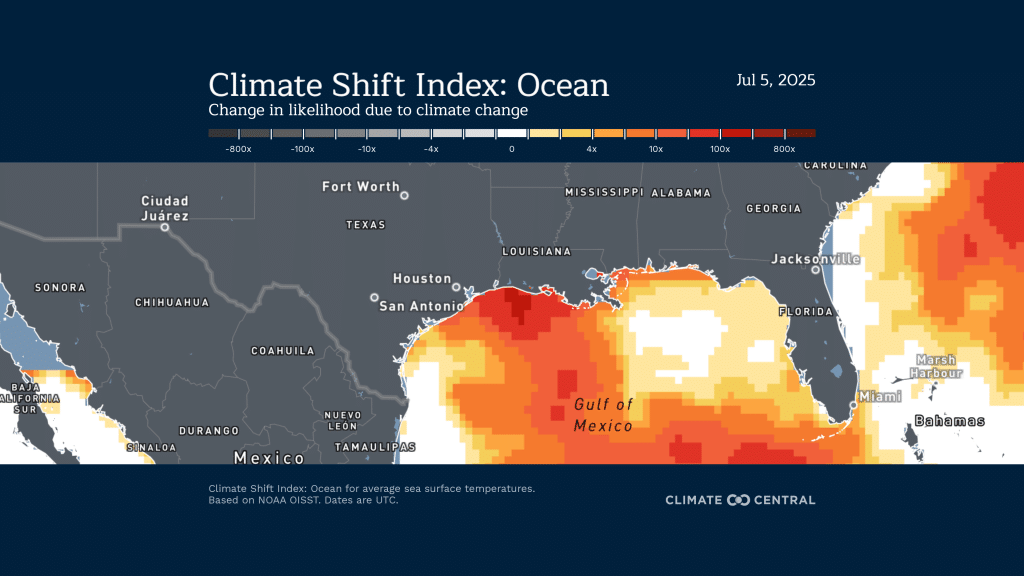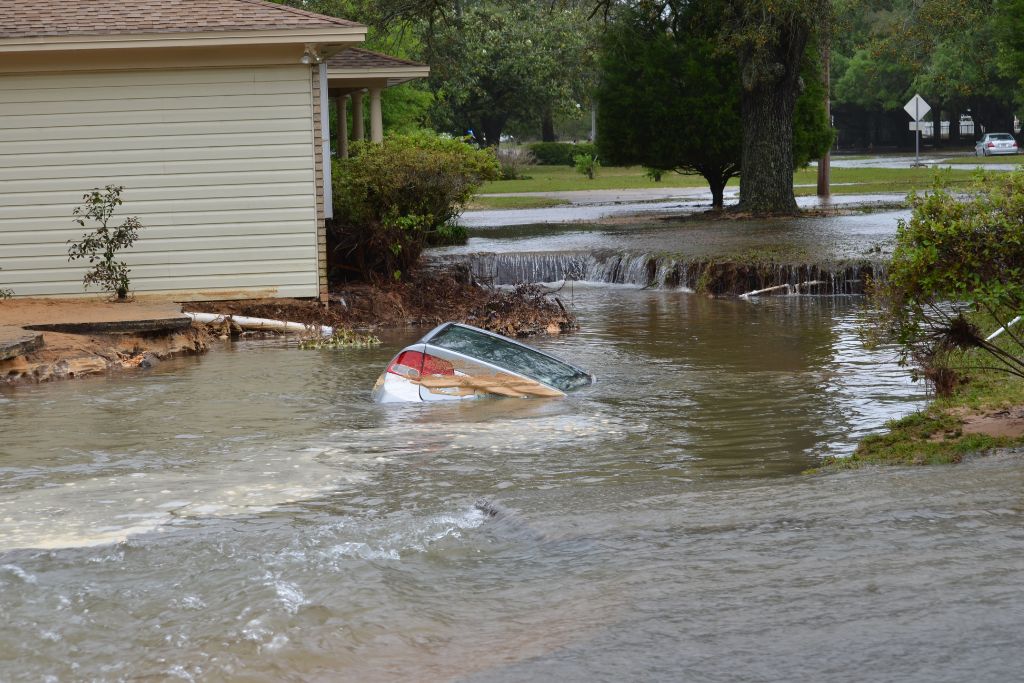While there was “no evidence” that cuts to weather agencies affected weather warnings ahead of the floods, a well-known US meteorologist said these cuts “will eventually bite us with unneeded loss of life.”
—
At least 78 people have died and dozens remain missing after catastrophic floods wrecked havoc in Texas on Independence Day.
28 of the victims were children, Larry Leitha, sheriff of Kerr County in Texas Hill Country – the epicenter of the flooding – confirmed on Sunday.
The disaster unfolded rapidly on Friday, as torrential rain across central Texas increased the water level of the Guadalupe River by 26 feet (8 meters) within 45 minutes, bursting its banks and destroying everything in its path.
As search-and-rescue operations – some of the largest efforts in recent Texas history – continue, questions have surfaced regarding local authorities’ preparedness and the effectiveness of the warning systems in place.
Some Texas elected officials have blamed the National Weather Service (NWS) for issuing inadequate forecasts and warnings ahead of the storm. But meteorologists and former Weather Service officials have defended the forecasts, saying they were as good and accurate as they could be given the storm’s abrupt escalation, the New York Times reported.
Rapidly intensifying rainfall events like this one are inherently difficult to predict, and forecasters often cannot pinpoint exactly where and when high-intensity and heavily localized rainfall will occur, UCLA climate scientist Daniel Swain explained. Flash floods, as the name suggests, are also very hard to predict due to their rapid and often sudden onset.
Criticism over the Trump administration’s recent cuts to emergency response and weather forecasting agencies have also mounted over the weekend. Experts have repeatedly warned that these cuts have diminished forecasters’ abilities to predict disasters and provide accurate advance warning.
Meteorologist John Morales said on Saturday there was no evidence that cuts to weather agencies affected weather warnings ahead of the floods, though he added that these cuts “will eventually bite us with unneeded loss of life.” On Sunday, however, Morales pointed out at current vacancies at local NWS offices in key roles such as Meteorologist in Charge and Warning Coordination Meteorologist.
Some experts have warned that these staff shortages, which have doubled since Donald Trump took office in January, might have complicated forecasters’ ability to coordinate responses with local emergency management officials, the New York Times reported.
Trump was quick to reject the claims, while the White House said in a statement to media outlets that claims that NWS cuts were related to the tragedy were “shameful and disgusting.”
Climate Link
There is consensus among climate experts that events like this are becoming stronger and more frequent in a rapidly warming world.
A warmer atmosphere, heated by fossil fuel emissions, can hold more moisture, resulting in heavier downpours. For every 1C that Earth’s atmospheric temperature rises, the amount of water vapor in the atmosphere can increase by about 7%.

According to Climate Central, the low-level moisture fueling the weather system over Texas came from a warmer-than-average Gulf of Mexico. Sea temperatures here are currently 1-2F above average for this time of year owing to climate change.
“This kind of record-shattering rain (caused by slow-moving torrential thunderstorms) event is *precisely* that which is increasing the fastest in a warming climate,” said Swain. “So it’s not a question of whether climate change played a role–it’s only a question of how much.”
Temperatures have been abnormally high across the US in recent weeks, while much of Europe endured a deadly heatwave that shattered records in Portugal and Spain.
This story is funded by readers like you
Our non-profit newsroom provides climate coverage free of charge and advertising. Your one-off or monthly donations play a crucial role in supporting our operations, expanding our reach, and maintaining our editorial independence.
About EO | Mission Statement | Impact & Reach | Write for us








